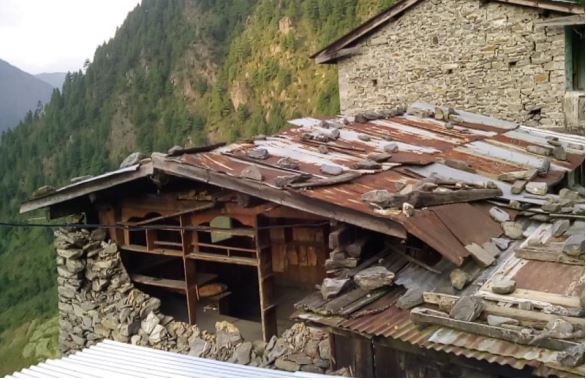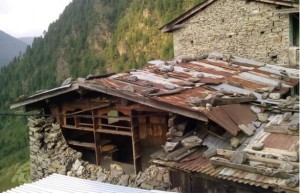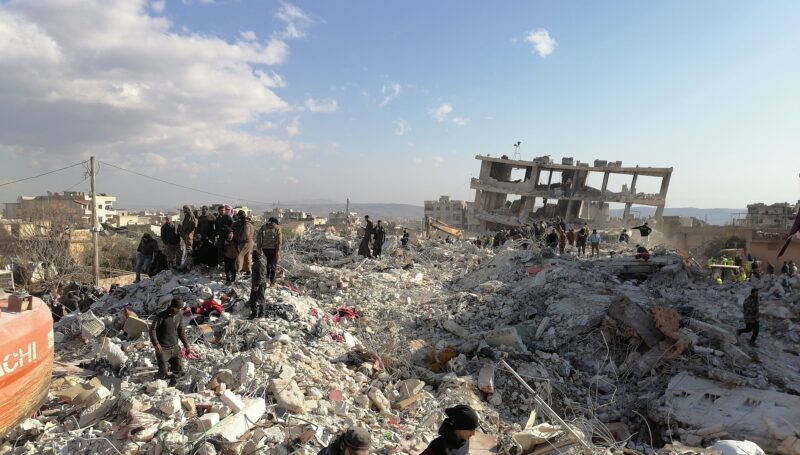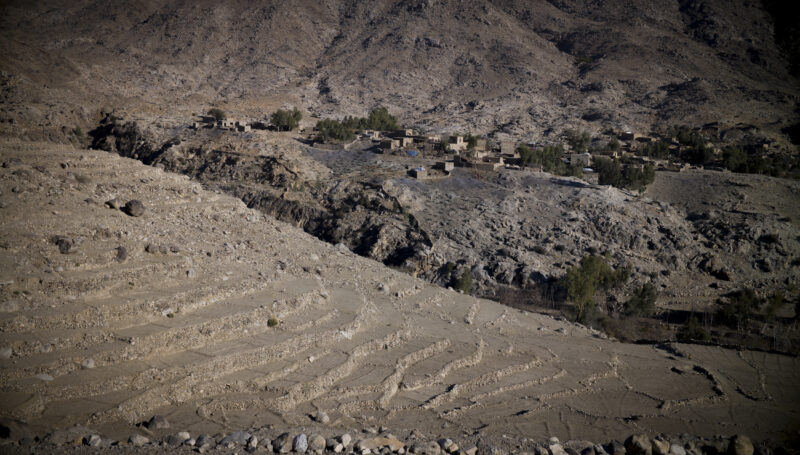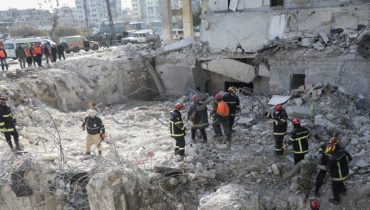In April and May 2015, two devastating earthquakes struck Nepal and affected the lives of almost 8 million people. In the direct aftermath, REACH was deployed to Nepal in May 2015 in partnership with the Global Shelter Cluster to coordinate an inter-agency assessment which would enable the identification of emergency needs, define a comprehensive shelter and settlements recovery strategy, and verify assumptions about delivery of assistance. A Shelter and Settlements Vulnerability report from this assessment is available on our Resource Centre.
As the relief effort transitions from the initial emergency response phase towards medium and long-term recovery, REACH was re-deployed to Nepal in August 2015 to monitor change in needs against this baseline assessment and inform development of the Cluster’s recovery strategy. To this end, a Shelter Recovery Monitoring evaluation was conducted to monitor changes in shelter conditions, delivery of assistance and the success of relief efforts in preparing households for seasonal conditions. The assessment used a cluster sampling methodology to analyse comparative progress towards shelter recovery in the 14 priority districts across the country as well as in the non-prioritised district of Lamjung.
Overall, the assessment found wide and successful coverage of humanitarian assistance across all affected areas with an overall 77% households reporting that they received shelter assistance since the earthquakes. Cash was the most commonly received form of assistance reported, and majority of the households received victim cards (63%) which enabled access to assistance. In terms of winter preparedness, considering the extent of damage, direct winterisation needs appear to be less severe than some previous assessments have indicated, and over 50% households in all districts reported that they believed their shelter to be rain and weather proof most of the time.
However, current progress towards recovery has been limited, and despite 74% of households in the priority districts reporting damage by the earthquakes, only 5% report that repairs or rebuilding works have been completed and a further 8% are currently being repaired. The primary reasons cited for the low rate of repair and reconstruction were lack of funds (97%), lack of skilled labour (38%), lack of materials (39%) and lack of knowledge (25%). Therefore, moving forward, more work will be required to enable a household-led rebuilding effort, and further interventions will need to focus on advocacy of Build Back Safer (BBS) techniques using materials households are already familiar with, and on overcoming uncertainty in the degree of, and access to, financial assistance for recovery. In this way, while assessing the scope of damage and progress towards repairs and rebuilding, findings from this assessment will inform strategic planning for recovery and identify key areas to target in order to assist households in long-term recovery.
Read the complete ‘Nepal Earthquake Recovery Monitoring Assessment’ report.
Image: © REACH, 2015





